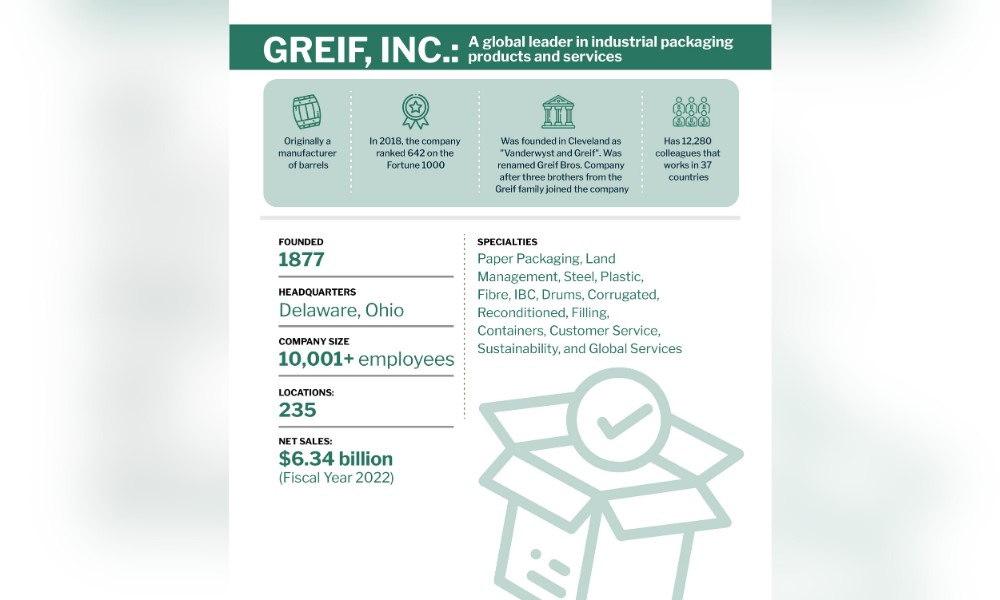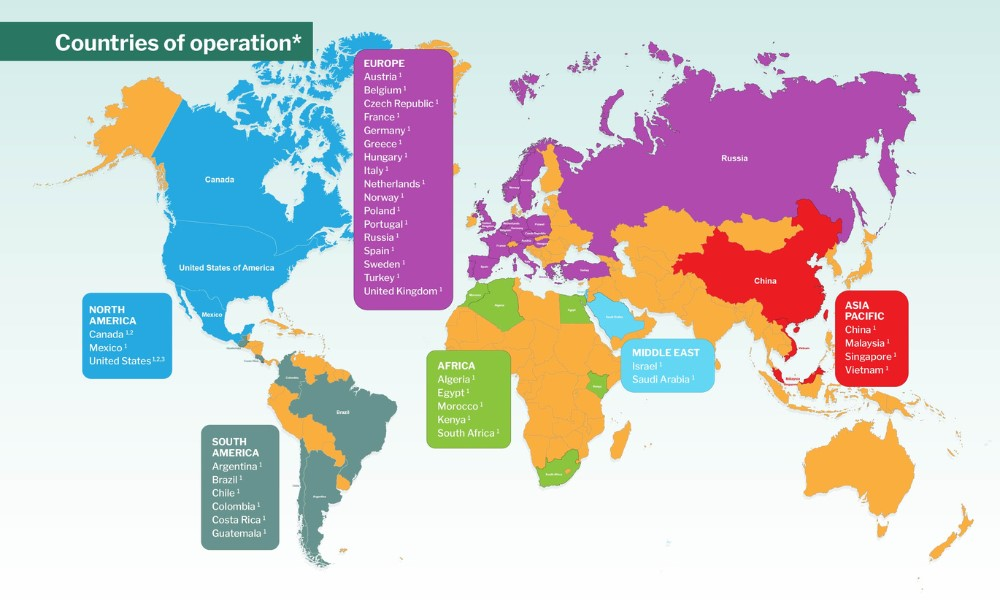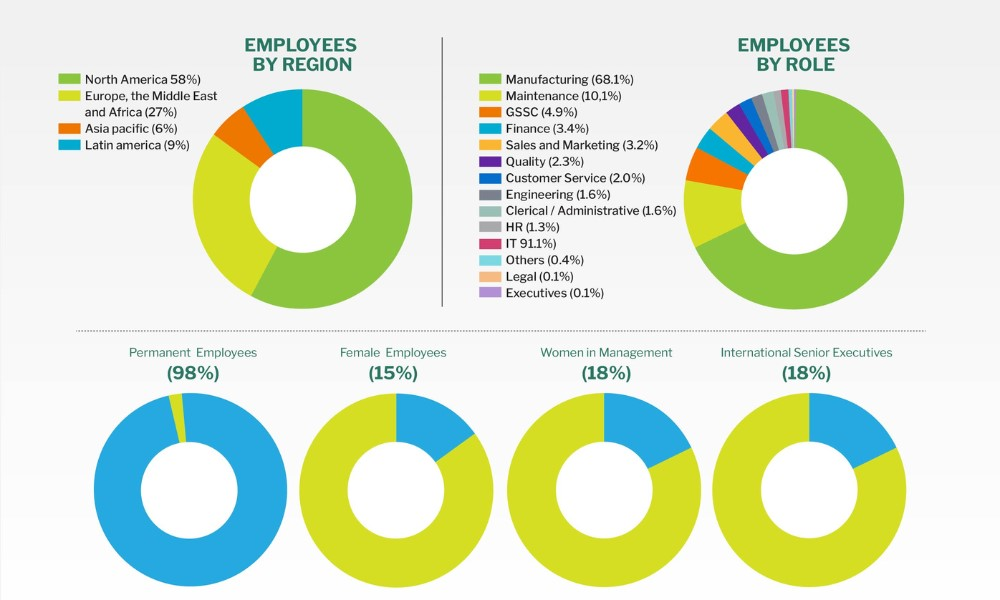
Bala Sathyanarayanan, CHRO at packaging giant Greif, on satisfying supply chains

As businesses navigate the ever-changing global landscape, HR practitioners find themselves facing four fundamental challenges. That’s according to Bala Sathyanarayanan, Chief Human Resources Officer at packaging giant Greif Inc.

Speaking to HRD, Sathyanarayanan says that a combination of fluctuating demands and balancing financials are proving tricky to manage – especially in their sector.
"Given the recession conversation and varying demand patterns across different regions, it's crucial for us, as a global company, to closely monitor demand trends worldwide,” he tells HRD.
“Soft demand in the US, surging demand in China, and better-than-expected demand in Europe pose significant challenges."
"Supply chain challenges have become a pervasive issue worldwide,” adds Sathyanarayanan. “To meet the demand, we must ensure a seamless flow of supply and avoid disruptions."

“The recent upheavals have brought attention to the importance of having the right workforce in place. We must ensure that our workforce is aligned with our business strategy and engage them effectively."
"By addressing the first three challenges correctly—predicting and fulfilling demand, maintaining a smooth supply chain, and cultivating an engaged workforce—the financials of the company will naturally fall into place."
And add to all of those sector challenges the issue of people. In today’s tight labour market talent is constantly on the move – meaning that HR leaders have work harder than ever to keep a hold off their people. As Sathyanarayanan knows all too well.
“[The people challenge] encompasses various aspects, but the primary focus lies in retaining and engaging those individuals who have a significant impact on executing our organizational strategy,” he says.
“Employee movement is inevitable, and as HR professionals, we need to identify and retain top talent within the organization. It's crucial to nurture and develop these individuals so they can effectively drive our business strategies forward."
In terms of talent management, Sathyanarayanan emphasized the importance of differentiation.
"We identify the top 20 to 30% of key employees who are instrumental in our success,” says Sathyanarayanan.

“Additionally, we focus on the core 60 to 70% who form the backbone of the organization. Simultaneously, we acknowledge that there might be a bottom 10% who may find better opportunities elsewhere, and we allow them to move on to prevent any negative impact on our operations."
For HR professionals, addressing these four fundamental challenges—managing demand, satisfying supply chain needs, building the right workforce, and delivering on financials—will be pivotal to navigating the complexities of today's business environment successfully. And, Sathyanarayanan's insights offer valuable guidance on tackling these challenges and ensuring a thriving and resilient organization in an ever-evolving world.